According to AtYourOwnRisk.org, about half of high school students play sports. Throughout their athletic career, almost half of those students report having an injury from playing sports.
Athletic Trainer Matt Berning says that the risk of having long term effects from a sports injury in high school is very low. Despite this, juniors Zoe DeYoung and Tyler Davis and freshman Emily Kerber suffer from long-term sports injuries.
Zoe DeYoung
Growing up, DeYoung was a dancer and constantly felt pain in her back from the intensity of dance. The first time she felt back pain was in sixth grade. Since then she has had lasting effects from her injury.
“There was a point where I was on the floor during class, and I couldn’t get up. My back was spasming; I would have spasms up and down my spine in five-minute chunks where I couldn’t move, so I ended up going to the orthopedist. I got some MRIs and x-rays done and figured out that I had a stress fracture in my lower back,” DeYoung said.
DeYoung’s physical therapist discovered that the injury was from weakness in her back and core, so she built up her core and back strength and gradually improved.
“I really needed to focus on warming up more than most of my teammates because my back just isn’t as strong as theirs, even with all of the [physical therapy] I’ve done. So I need to focus on warming up my core, waking it up before I dance, and warming up my back so all the right muscles are engaged so that I’m in a place where if I do a quick movement, it won’t bring the pain back,” DeYoung said. “Right now, I’m in a place where the pain is not as constant as it was, but there are moments where I can feel the pain, and I can feel the old injury come back. When that happens, I need to buckle down and focus on what I need to do to heal it.”
Now, DeYoung can continue dancing with her teammates, but she is still limited. DeYoung has to spend extra time warming up to keep her back from hurting and take time to rest.
“I had to sit out a lot. I just had to take precautions that I know a lot of my friends in class didn’t have to just because they didn’t have an injury that they had to worry about. There are certain lifts I can’t do, just because of my back, but there are times when I think that I’m holding myself back because I’m scared that the injury is going to come back,” DeYoung said. “It’s really hard because if I do want to seek a professional career in dance, I know that I’m going to lose a lot of jobs. The professional dance world is not as forgiving. So, I’m limited [to] some of the moves that I can do, and I think that limits my future.”
Emily Kerber
Freshman Emily Kerber has endured knee and foot injuries from dance and swim after years of participating in club sports and is currently unable to participate.
Kerber swam for Parkway Swim Club at Kirkwood.
“I started kicking, and when I finally reached the wall, I looked back at my dad, and he asked me if I was okay because I had just gotten out of a knee injury,” Kerber said. “I said no because while I was swimming, I felt a pop and then the second I put my foot down on the ground I heard a snap.”
Kerber’s recovery process is longer given that the same knee and foot injuries have been recurring since second grade due to a growth plate injury.
“With the other [injuries] that I’ve had, I’m normally in a cast for about a week to two weeks. If it doesn’t get better in the cast, then I’m in there for twice that amount,” Kerber said. “I’ll go back and then we’ll read the X-rays, and if it looks good and it feels fine, he’ll send me to rehab for another two months.”
While Kerber is anxious to return to athletics due to her frequent injuries, she is no longer phased by the month-long sports breaks. Despite being in the cast for a few weeks, Kerber’s recovery takes up to two months.
“It’ll be different because you always get that [fear] in your head. You always are hesitant to do it. It normally takes me a while to get back to where I was because I stopped doing it for like two weeks at a time and going back after you’ve missed that amount of time, instead of improving you’re getting worse,” Kerber said. “At this point, I’m just in my head. But I’ve been through it enough where it doesn’t affect me as much.”
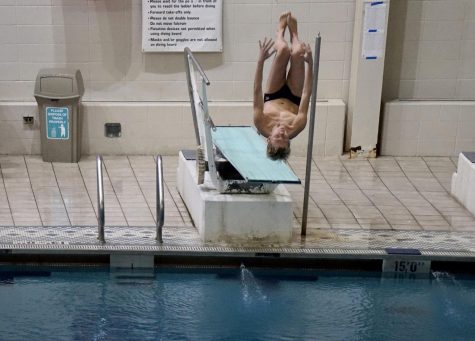
Davis competes at the MSHSAA Class One Swimming and Diving State Championships. The competition was held Nov. 14 at the St. Peters Rec-Plex. “It felt great to qualify for state after a long season of preparation,” Davis said. “Competing at the meet was so much fun and it was cool to have all my teammates cheering me on.”
Tyler Davis
After visiting Flying Spider, junior Tyler Davis joined DeYoung and Kerber in their sports hiatus. Davis suffered a compound fracture in his elbow that resulted in long term nerve damage in his wrist and forearm.
“I was messing around on the super tramps when I fell. I could feel the bone and I could see parts of it underneath my skin,” Davis said. “I didn’t know what to think; I couldn’t feel the pain because of all the adrenaline. I just started running to find my parents.”
Davis’ recovery lasted almost 18 months in the swim and dive off-season.
“They told me that my arm was broken and needed some time to recover, so they put titanium rods in my arm to help fix it. After about 18 months, they took the rods out, and my arm was good as new. The only thing I had to worry about was the long term effects of my injury,” Davis said. “Now, I can’t put my hand flat and I can’t do simple exercises like push-ups.”

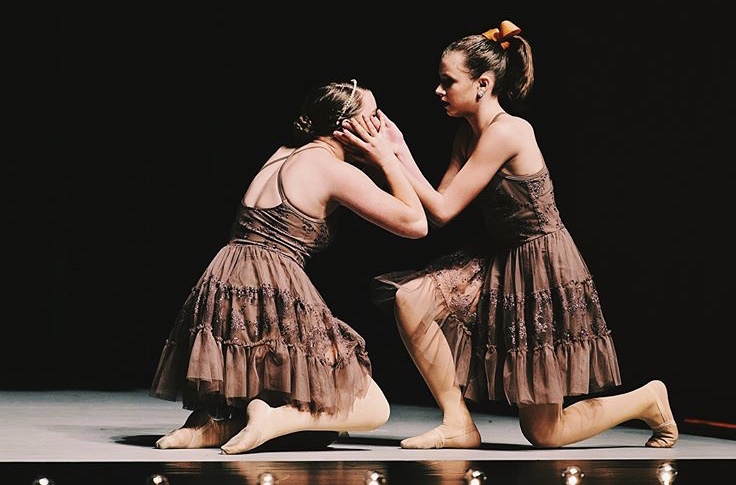

![After a thrilling point, senior Katie Byergo and junior Elle Lanferseick high-five each other on Oct. 8. With teamwork and camaraderie, Byergo worked together in the game against Lafayette High School. “[Byergo’s] is really positive with a good spirit,” Lanferseick said. “I set her [the ball] and she hits it [or] gets the kill.”](https://pwestpathfinder.com/wp-content/uploads/2025/10/DSC_9349-1-e1761159125735-1200x791.jpg)
![Focused on providing exceptional service, sophomore Darsh Mahapatra carefully cleans the door of a customer’s car. Mahapatra has always believed his customers deserve nothing less than the best. “[If] they’re trusting us with their car and our service, then I am convinced that they deserve our 100 percent effort and beyond,” Mahapatra said.](https://pwestpathfinder.com/wp-content/uploads/2025/10/DSC_0018-1200x800.jpg)
![Sophomore Aleix Pi de Cabanyes Navarro (left) finishes up a soccer game while junior Ava Muench (right) warms up for cross country practice. The two came to Parkway West High School as exchange students for the 2025-2026 school year. “The goal for the [exchange] program is to provide opportunities for both Parkway students and our international exchange students to learn about other cultures, build connections and become confident, capable, curious and caring — Parkway’s Four C’s — in the process,” Exchange Program Lead Lauren Farrelly said.](https://pwestpathfinder.com/wp-content/uploads/2025/10/Feature-Photo-1200x800.png)
![Leaning on the podium, superintendent Melissa Schneider speaks to Parkway journalism students during a press conference. Schneider joined Parkway in July after working in the Thompson School District in Colorado. “My plan [to bond with students] is to get things on my calendar as much as possible. For example, being in [classes] is very special to me. I am trying to be opportunistic [meeting] kids [and] being in [the school] buildings. I have all the sports schedules and the fine arts schedules on my calendar, so that when I'm available, I can get to them,” Schneider said.](https://pwestpathfinder.com/wp-content/uploads/2025/09/IMG_5425-1200x943.jpeg)
![Gazing across the stage, sophomore Alexis Monteleone performs in the school theater. The Monteleone family’s band “Monte and the Machine” has been releasing music since 2012, but Alexis started her own solo career in 2024 with the release of her first single, Crying Skies. “My whole family is very musical, [and I especially] love writing [songs with them],” Monteleone said.](https://pwestpathfinder.com/wp-content/uploads/2025/09/DSC7463-1200x798.jpg)

![Leaping through the air, senior Tyler Watts celebrates his first goal of the season, which put the Longhorns up 1-0 against the Lafayette Lancers. Watts decided to play soccer for West for his last year of high school and secured a spot on the varsity roster. “[Playing soccer for West] is something I had always dreamed of, but hadn’t really had a good opportunity to do until now. It’s [really] fun being out [on the field], and I’m glad I decided to join the team. It’s just all about having fun with the boys and enjoying what time we have left together,” Watts said.](https://pwestpathfinder.com/wp-content/uploads/2025/09/DSC_1951-1200x855.jpg)

![Shifting global trade, President Donald Trump’s tariffs are raising concerns about economic stability for the U.S. and other countries alike. “[The tariffs are] going to pose a distinct challenge to the U.S. economy and a challenge to the global economy on the whole because it's going to greatly upset who trades with who and where resources and products are going to come from,” social studies teacher Melvin Trotier said.](https://pwestpathfinder.com/wp-content/uploads/2025/05/MDB_3456-1200x800.jpg)

![The varsity boys cross country team poses for a photo at the Mike Rose Soccer Complex in Memphis, Tenn. The Memphis Twilight Classic is the largest event the team attends. “[I enjoyed] hanging out with the team every day at practice,” Patten said. “I wanted to be the best I could for my team; I really wanted to help out.”](https://pwestpathfinder.com/wp-content/uploads/2025/09/XC-PHOTO-1200x822.jpg)

![Celebrating their landmark victory, the Parkway West Boys Hockey team gathers together on the ice. Over the course of the season, the team grew closer together while pursuing their final goal: winning the coveted Wickenheiser Cup. “[Winning the cup] was awesome. [As] a senior, it was super rewarding to end on a high note. It had to be the most memorable part of my career,” varsity hockey player and senior Hunter Beach said.](https://pwestpathfinder.com/wp-content/uploads/2025/03/DSC3974-Enhanced-NR-1200x799.jpg)
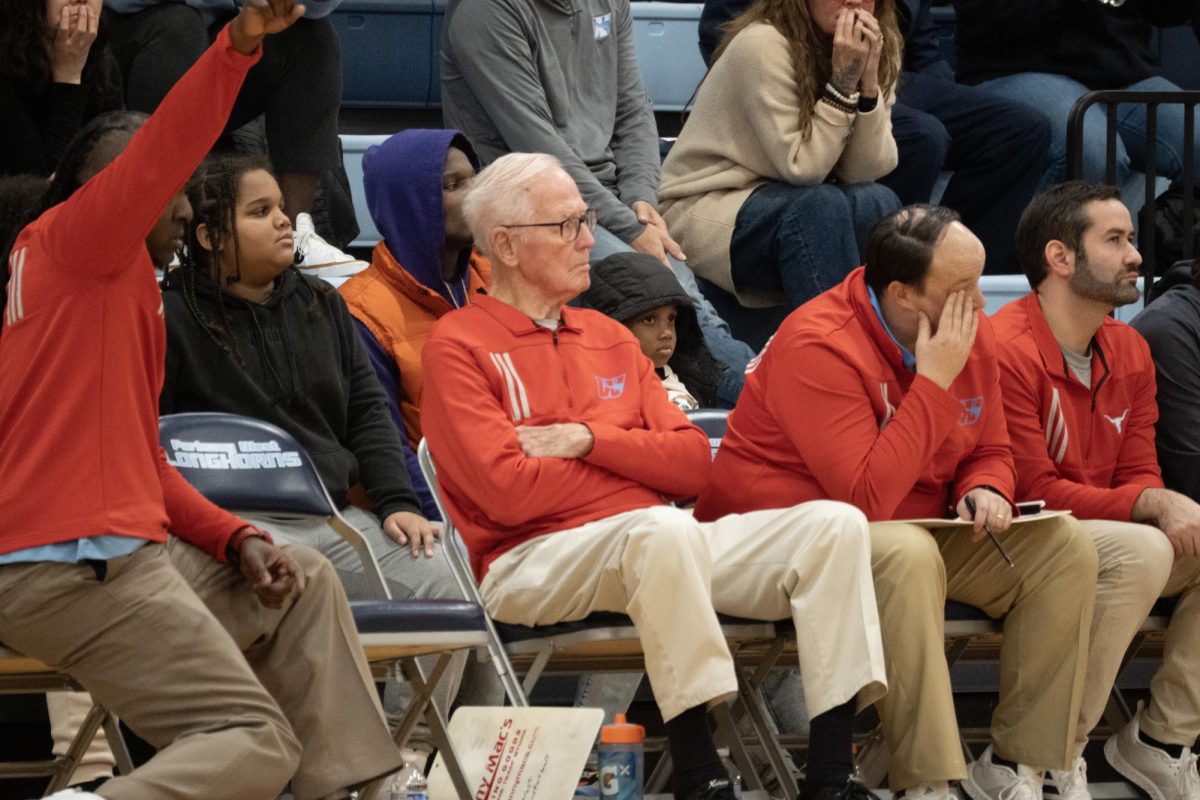
![Holding the disc, senior Nathan Thompson waits for an opportunity to pass to senior Timmy Fry. Parkway United’s ultimate frisbee team is made up of students from each of the four Parkway schools. “The one thing I really like about ultimate [frisbee] is the community because it’s so different from any other sport I've been a part of. [My] national teammates are people who we play against in the regular season, so we see each other all the time. It's always fun hanging out with [them],” Thompson said.](https://pwestpathfinder.com/wp-content/uploads/2024/12/C96A6823-1200x800.jpg)
![Senior Josie Grunzinger watches the football game intently from the sidelines on Oct. 18. Grunzinger stood out to the crowd as the only girl on the football team, encouraging other girls who want to play football to take a chance and go for a sport outside of their comfort zone. “If you think you could [play football] and you want to do it, just try it, because all it takes is to actually try it out,” Grunzinger said.](https://pwestpathfinder.com/wp-content/uploads/2024/10/Untitled-design-1200x675.png)
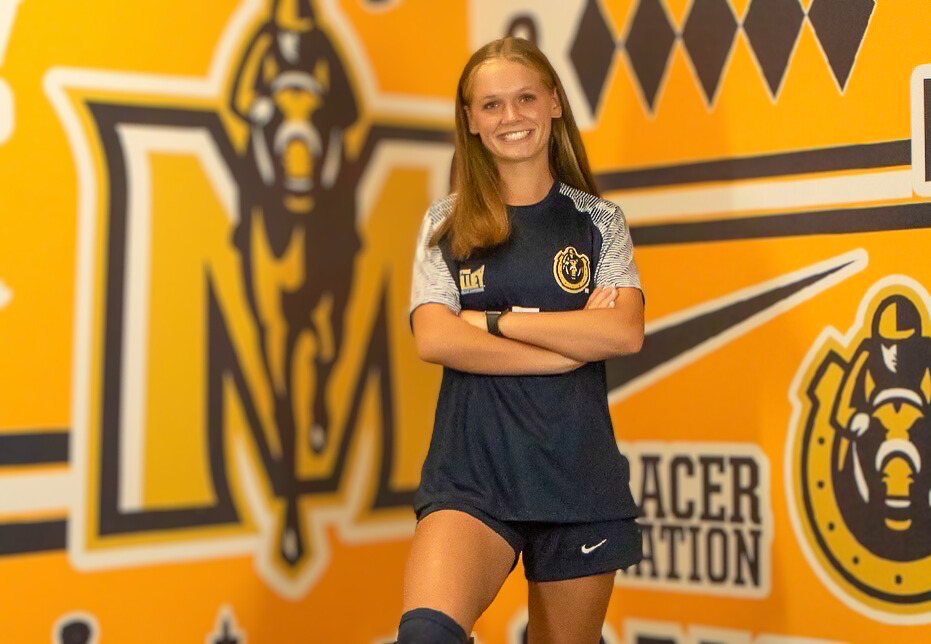
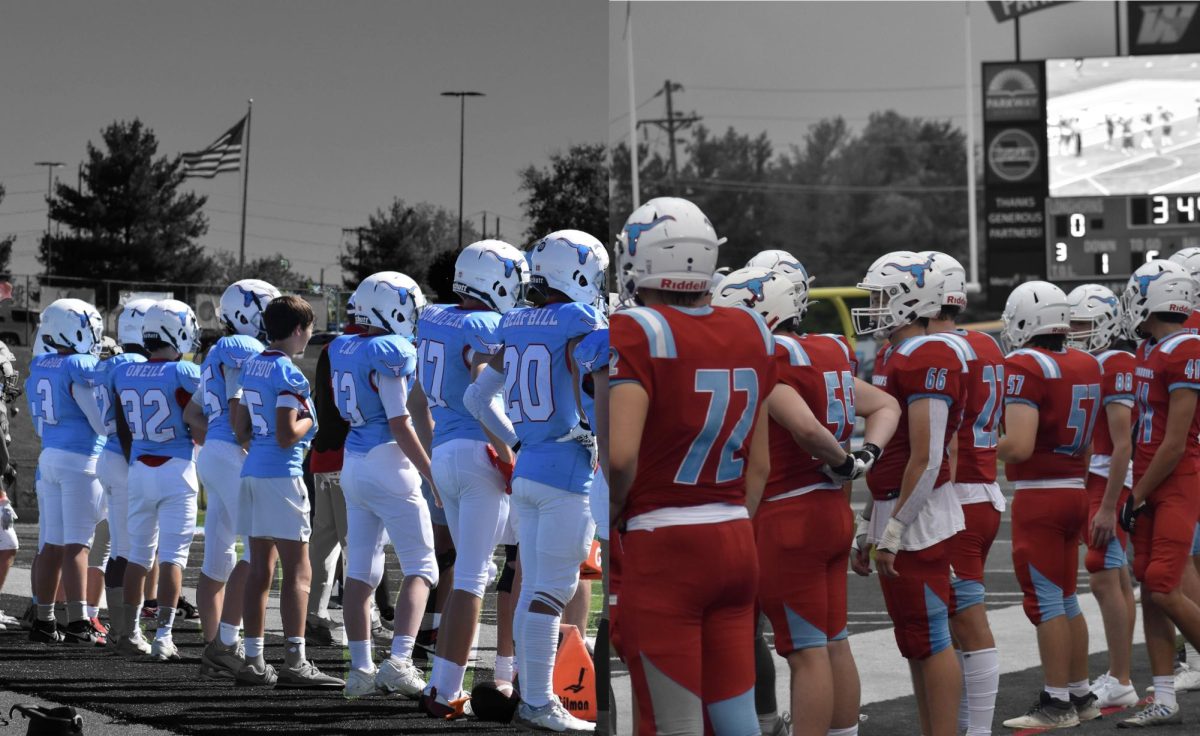
![With her arms held high, junior Jenna Rickelman throws the ball across the pool during a girls water polo practice. With hours of practice after school and over the summer, Rickelman saw many improvements in her water polo skills. “When I look at [my] stats, I'm so much better than I was last year,” Rickelman said.](https://pwestpathfinder.com/wp-content/uploads/2024/05/Untitled-design-2-.png)
![Putting on his helmet, catcher and senior Tommy Eschbach prepares to get in his primary stance. Despite losing 6-1 against Eureka on April 16, Eschbach didn’t let the tough loss affect his playing or mental health. “It's [so] easy to get caught up in the sport and what you're doing that [after] one bad game or a stretch of games it is hard to remind yourself that your worth as a person isn't directly related to your performance on the field,” Eschbach said.](https://pwestpathfinder.com/wp-content/uploads/2024/05/DSC_0415-1-1-1200x800.jpg)